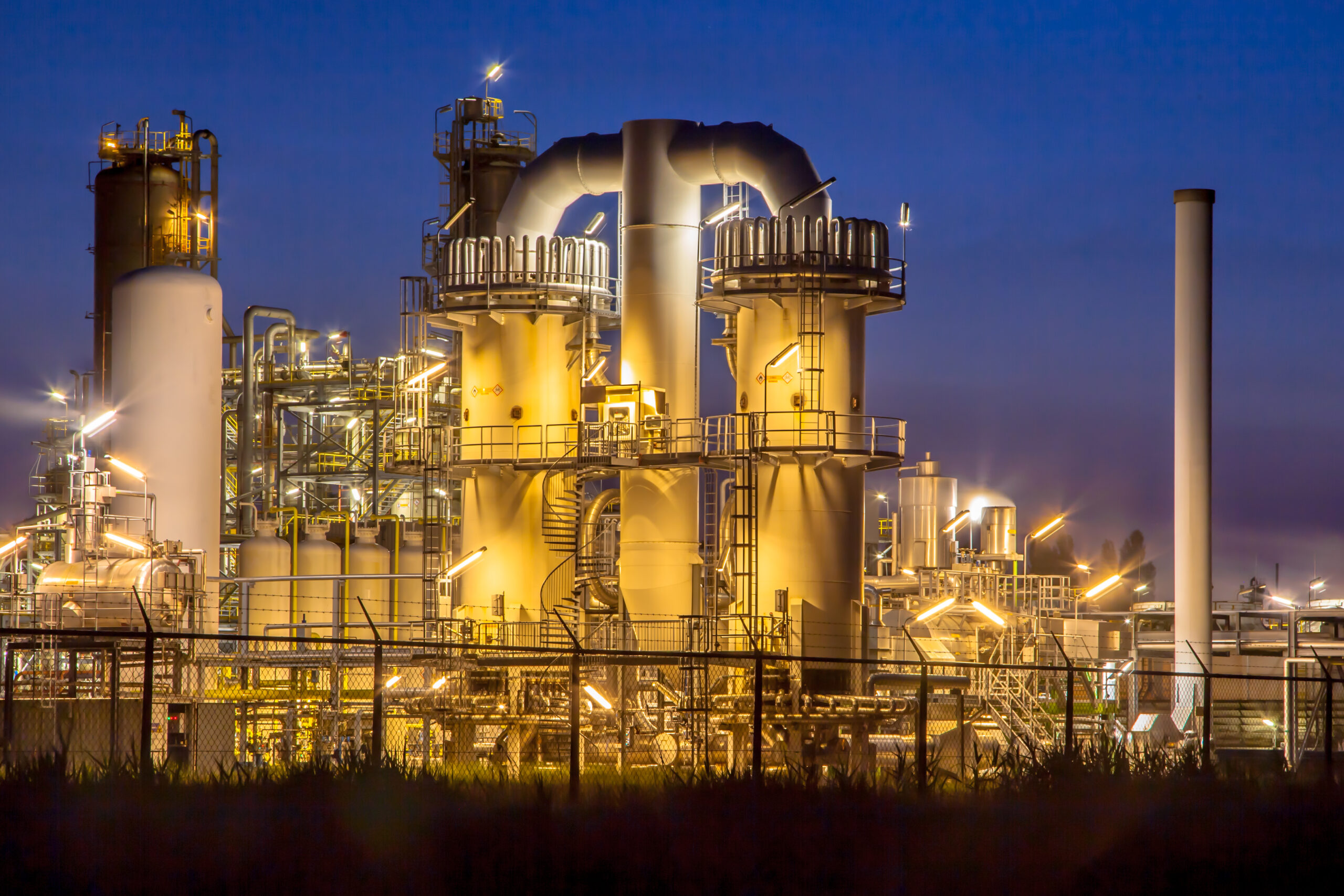
At Big Shine LED, we understand the crucial role lighting plays in industrial facilities, which can many times be hazardous environments. Proper illumination impacts everything from worker safety and productivity to energy consumption and maintenance costs. When creating lighting layouts for industrial facilities, our designers always follow the guidelines outlined in the IES Recommended Practice for Lighting Industrial Facilities.
This comprehensive document serves as a valuable resource for designing and implementing effective lighting systems in various industrial settings.
When designing an industrial lighting system, it’s important to carefully consider and balance between the quality and quantity of illumination for the manufacturing processes in the facility, as well as the lighting required to ensure the safety of workers.
Optimal Industrial Lighting
An adequate lighting design should achieve the following results:
1. Prioritize Safety and Visibility.
Adequate lighting levels minimize accidents and injuries enhancing visibility of potential hazards, machinery, and walkways. This includes proper illumination for walkways, machinery operation areas, and inspection zones.
2. Boost Productivity and Comfort.
Well-designed lighting systems can significantly improve worker productivity and comfort by reducing eye strain and fatigue. The ANSI/IES RP-7-21 recommends specific lighting levels based on the type of task performed in each area. By implementing these recommendations, you can create a more stimulating and comfortable work environment, leading to increased focus and efficiency.
3. Promote Energy Efficiency.
It’s also important to recognize the need for energy conservation in industrial facilities. Big Shine LED’s energy-efficient LED lighting solutions offer significant energy savings compared to traditional lighting options. This translates to lower operating costs and a reduced environmental footprint for your business.
4. Minimize Maintenance.
Frequent lamp replacements can disrupt operations and incur additional costs. The ANSI/IES RP-7-21 highlights the benefits of using lighting systems with long lifespans and minimal maintenance requirements. Big Shine LED’s industrial-grade fixtures are known for their durability and extended lifespans, minimizing maintenance needs and disruptions.
Key Considerations for Industrial Lighting
- Illumination levels. ANSI/IES RP-7-21 recommends specific lighting levels for different tasks and areas within a facility. This can be achieved with the proper mixture of ceiling lighting and task lighting.
- Uniformity. Consistent light distribution throughout the workspace minimizes shadows and glare, creating a more comfortable and productive environment. There are various ways to achieve these results. One of those ways is with semi-direct lighting equipment with a 10%-40% upward lighting component.
- Color rendering. Accurate color perception is essential for tasks involving quality control, inspection, and material identification.
- Temperature and Humidity. Industrial environments are likely to have high humidity or corrosive environments or areas with very high temperatures. Lighting designers must take special precautions in these areas as providing the incorrect type of LED fixture can lead to premature failures.
Partnering for Optimal Lighting Solutions
Proper industrial lighting is an investment that pays off in the long run. At Big Shine LED, we are committed to providing you with the expertise and resources to achieve optimal lighting in your industrial facility. Our team of lighting designers can help you assess your specific needs, design a lighting plan compliant with IES Standards, and recommend the most suitable LED lighting solutions for your space. We want to help you create a safe, productive, and energy-efficient work environment for your business and your employees.







